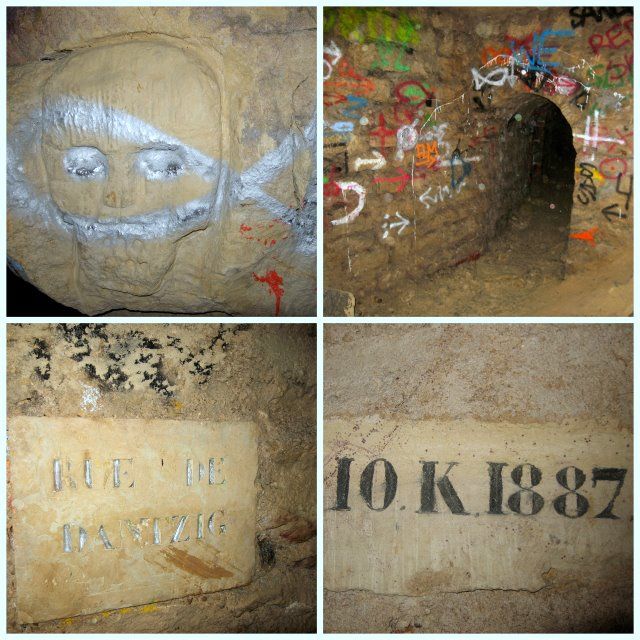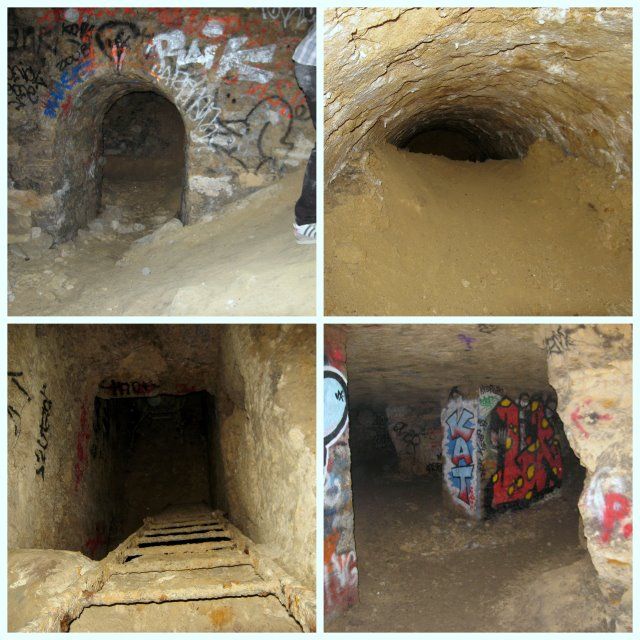The Berkshires Bowling Alley that Inspired "The Big Lebowski"
It’s been 36 years since the release of The Big Lebowski, the irreverent cult comedy by Joel and Ethan


Popular fascination with the subterranean systems of major urban centers is manifested in the photographs and writings of modern urban explorers. With New York boasting one of the earliest subway systems (6th to be exact) and London home to the modern sewer system, the underground lairs of both cities are well-documented. But what about Paris? The catacombs are accessible and museumified, but is there more?
The answer is, yes. Untapped Paris got a sneak peak thanks to a few urban explorers we know. In Paris, vast limestone and gypsum quarries lie just below the surface and were in operation from the Roman period until World War II. Since the quarries provided the raw material to build the city above ground, their existence was by nature fleeting and ephemeral. They were eventually covered, leaving vacuums of space beneath the city surface. Nevertheless, the void left by the quarries created a multifarious subterranean labyrinth, repurposed for crypts and catacombs, water and sewage infrastructure, transit and communication systems. Today, kata artists venture through the quarries making the burrowed walls their canvas. Art intermingles with the symbols of explorers, who mark their path to ensure they can get back out. Concerts and even invite-only secret parties occur below ground, but only if you can find your way in.

Urban explorer Sam recounts the experience, first slipping through a tiny hole “down some stairs into a network of tunnels that was so complex and confusing that I started to feel insane. The walls and ceilings were carved from stone. Some areas looked like natural rock formations, and others were composed of bricks and stone blocks. Armed with flashlights and bottled water, we were at times walking up right, hunched over, or crawling flat on our stomachs. The mixture of fear, anxiety, and claustrophobia with excitement, curiosity and fascination really explained how people have become ‘cataphiles’- obsessed and addicted to the catacombs and quarry tunnels.” For security reasons, it has been illegal to be in the underground network since 1955, apart from the official tourist destinations, such as the catacombs and the Sewer Museum (Le Musée des Égouts de Paris).

Architecture student Owen mapped and audio recorded the experience, later superimposing his experiential map with the map above ground. The resulting palimpsests are a modern day evolution of Felix Nadar’s nineteenth photographic essay, “Le Dessus et le Dessous de Paris” (“The Above and Below of Paris”). The disconnect between the audio above and below ground simply reinforces the separation of known and unknown in Paris.


Stay tuned for further underground explorations to come!
Get in touch with the author @untappedmich.
Subscribe to our newsletter